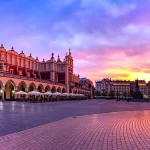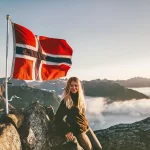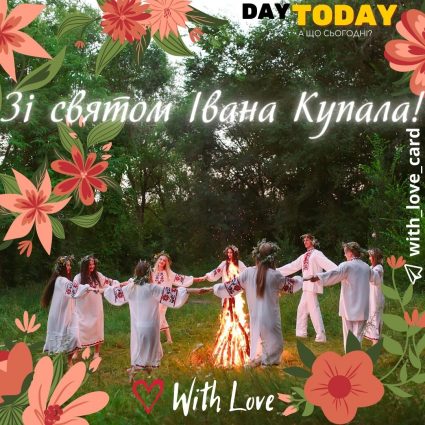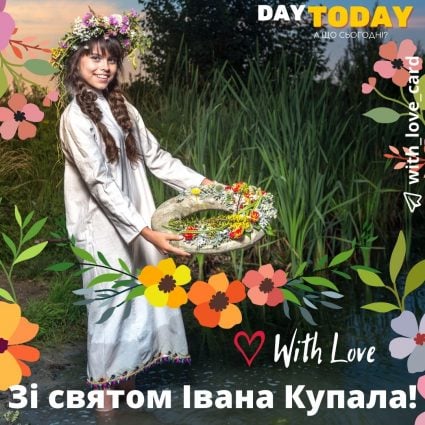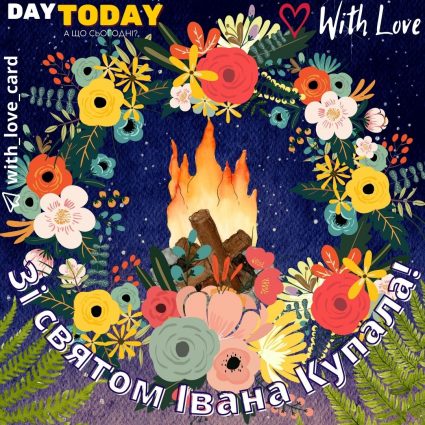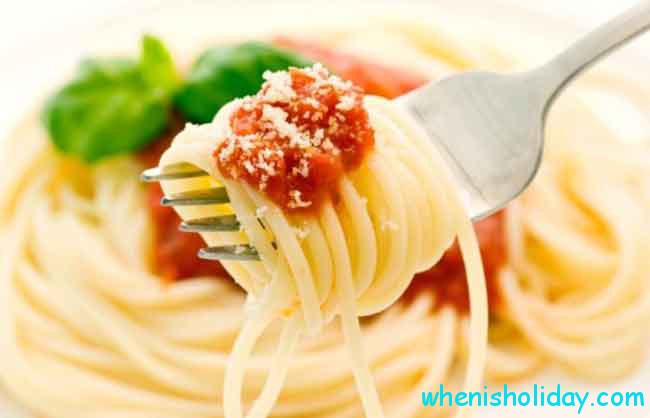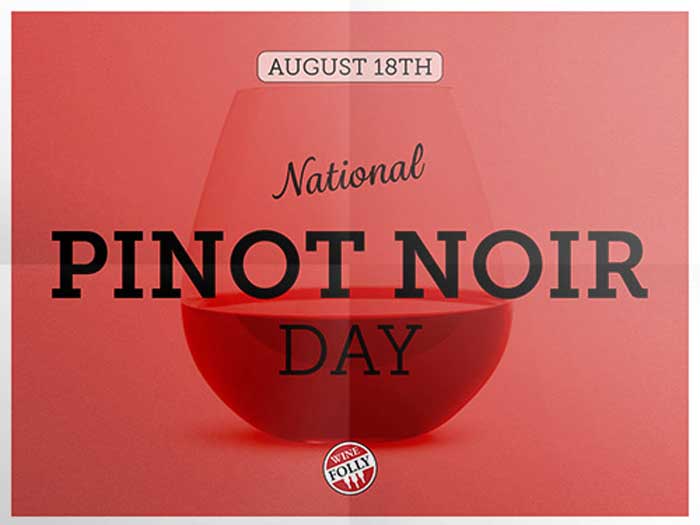Midsummer
What kind of holiday is this?
Holiday Midsummer celebrated on July 7, the day of the summer solstice. According to the old Julian calendar, it was celebrated on June 24. It is worth saying that this date is celebrated in many countries of the world, but the holiday has other names. For example, the Swedes celebrate July 7 as “Midsummer”, in France (“Saint Jean”) and Bulgaria (“Yanovden”) this holiday is most similar to our Ukrainian holiday. The Day of Flame and the Day of Fire are celebrated by Albanians and Slovenians, respectively. But even despite different names, many rites and customs of different peoples are the same. Let’s consider the main traditions of this holiday, which in 2022 will be celebrated on Thursday, July 7.
How did the idea to celebrate Ivan Kupala come about?
The holiday has a long history and is a combination of pagan rites with the holiday of John the Baptist, who was the Forerunner of Jesus Christ. Despite the modern Christian basis, the holiday has preserved many archaic rites, namely: songs about Ivan Kupail, rites with fire and water, etc.
After the baptism of Rus by Prince Volodymyr, the sacred meaning of pagan rites took on a lighter, playful form. Kupaila holidaywhich used to be one of the most important religious aspects of the worship of the gods of the Sun and the Sky, from the 17th century received the color of an entertaining youth activity.
“Ivan Kupail”
Name “Ivan Kupail” combined with both Christian and pagan beliefs. This is how the name of John the Baptist sounds in the Slavic language. The famous Russian scientific historian Boris Oleksandrovich Rybakov claimed that the name “Kupala” or “Kupaila” has nothing to do with the word “bathing”, since the focus of all the action is the night bonfire. In his opinion, the root of the word “bunch” is more related to such terms as “in total”, “to buy”, etc. However, other scientists believe that “Kupailo” is the Old Slavic translation of the word “Baptist”. The first and second terms really have something in common with water, so the holiday is also characterized by ritual purification in water.
Regarding the pagan origin of the name of the holiday, it is worth recalling the deity called “Kupala”. The first mentions of it are documented in the Hustin Chronicle, published at the beginning of the 17th century.
How to celebrate Ivan Kupala?
Many rituals of the holiday Midsummer or Ivan Kupail closely related to water. Therefore, it is not surprising that places near rivers, lakes and other bodies of water are chosen for the celebration. Large crowds of people gathered on the banks of local water bodies in the evening hours of the holiday and had fun until the morning.
The first and mandatory rite is bathing in a river or lake. People entered the reservoirs en masse, as it was believed that on this day all the evil came out of the water, making it possible to bathe safely. In addition, on Midsummer water received magical power. People believed that by diving into the water on this day, they would be cured of their illnesses.
Characters
Like any holiday with a religious connotation, Ivan Kupala has two heroes who fight on the side of evil and good. The evil heroine on July 7 is the witch Marena, and the god Kupalo is the personification of good forces. Our ancestors believed that Marena, the goddess of cold and discord, comes to earth in winter. It is the source of frost, hunger and many diseases. Often naughty children were frightened by the winter deity Mara (shortened from Maren). In some regions of Ukraine, she was called a mermaid who took drowned people to herself, there was an opinion that domestic animals also drowned because of her.
Bathed is a positive mythical hero who intercedes for the newlyweds and blesses them for the continuation of their family. In Roman mythology, Kupail’s counterpart is Cupid.
Even before the start of the celebration, people made effigies of Marena and Kupala. Willow twigs and straw were used for this. They were decorated with flowers, necklaces, etc. The stuffed animals had to be installed in the center of the festive place, so that during the celebration, dances were conducted around them. Images of Kupala characters stood until the morning. At the end of the celebration, Marena was destroyed in water or fire as a sign that evil was defeated by good.
Building a bonfire
Since the solemn event began in the evening of July 6 and continued throughout the night, a large bonfire was lit, which is still considered one of the most important symbols of this July holiday. A fire was lit on brushwood, then branches and all kinds of garbage collected by the group specially for this ceremony were added to it.
An effigy of one of the main characters of the holiday, Marena, was placed on a pole near the bonfire. In some regions of Ukraine, a cart wheel and a mare’s skull were additionally placed. The skull was a symbol of all kinds of impurity, from which it was necessary to cleanse. And the burning of wheels was equated with an increase in well-being.
In order to light a fire, they took two stones and rubbed them against each other. This task was usually assigned to the oldest resident of the community. The bonfire burned from the evening until the early morning. In ancient times, people believed that varta had healing power, so they danced around it, led dances. They also jumped over the hearth to purify themselves.
Later, the ashes from the Kupala hearth were used to obtain a better harvest on the beds. Livestock were often driven to the ashes. It was believed that if a cow passed over the place where the Kupala bonfire had recently burned, it would give more milk. Bags with coal formed after such a fire were kept in homes to protect against the unclean.
Weaving wreaths
Previously, it was difficult to imagine a Kupala night without a special ritual wreath. It was woven from various flowers, herbs and twigs. After the effigy of the evil Marena was drowned, fortune-telling began about the doomed man. Each girl took a wreath woven by her own hands, put a lighted candle on it and launched it into the water. If the wreath did not melt and the candle on it did not go out for a long time, it meant that the girl would soon be on a towel.
In search of fern
There was a belief that once a year, namely on the night of Midsummer fern leaves are decorated with lush blooms. Since the fern blooms in a matter of seconds, finding it is not an easy task. However, if someone sees and plucks a fern flower, he will receive magical power – he will be able to hide from people, speak in the language of animals, and find treasures hidden underground.
That is why young people often went to the forest in search of a mysterious flower. Despite the fact that the holiday of Ivan Kupala has lost its primary importance, Ukrainian villages continue to celebrate this date.
Postcards for Ivan Kupala
? Section Postcards and greetings ➕ Postcards in Viber ➕ Postcards in Telegram
When will we celebrate? Midsummer?
| Year | Date | Weekday |
|---|---|---|
| 2021 | July 7 | Wednesday |
| 2022 | July 7 | Thursday |
| 2023 | July 7 | Friday |
| 2024 | July 7 | Sunday |
| 2025 | July 7 | Monday |


















